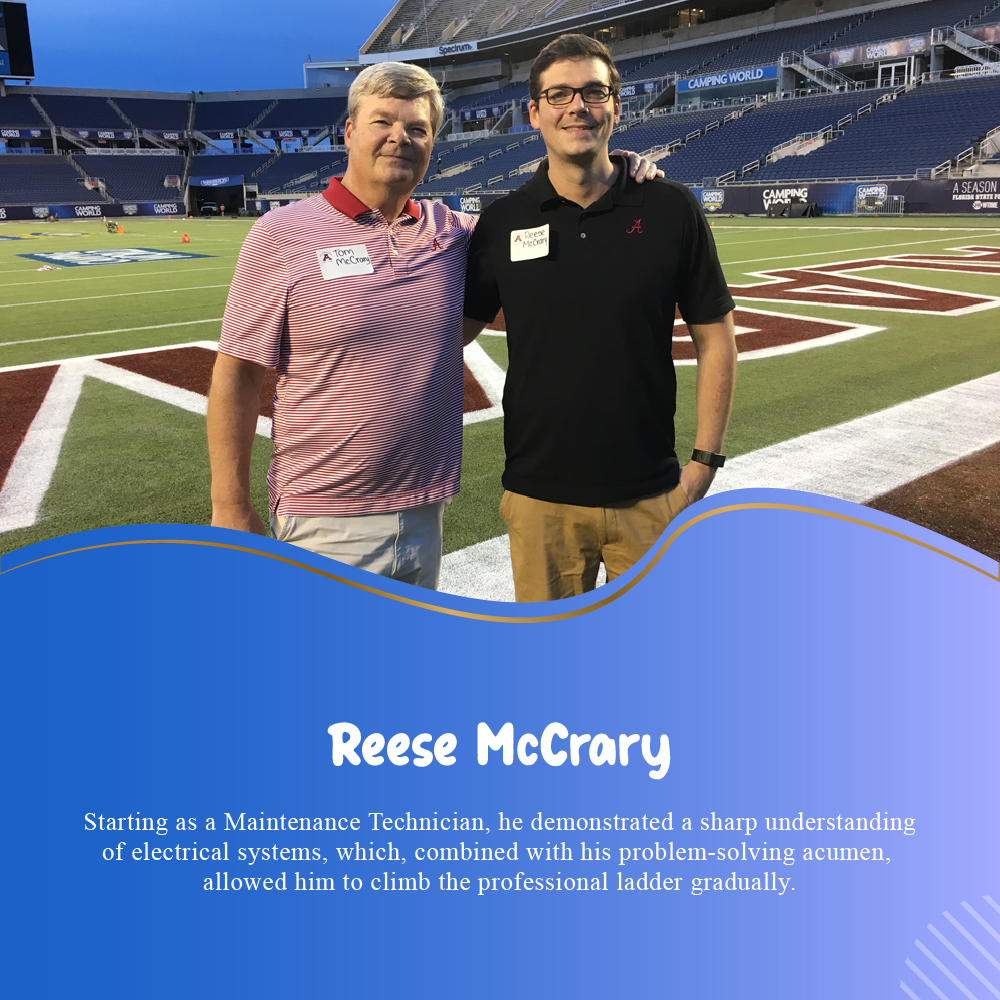
The Morning Routine: Setting the Foundation
The journey from a maintenance technician to an engineering expert begins with a structured morning routine. For many in this field, the day starts early, often before dawn. The first order of business is usually a quick check of emails and messages to see if there are any urgent issues or updates from the previous night. This ensures that the day can be planned efficiently, addressing pressing matters first.
After a light breakfast, the next step involves reviewing the day’s schedule and setting priorities. This might include meetings, site visits, and project deadlines. For those transitioning from maintenance roles, this is a crucial time to balance ongoing hands-on tasks with more strategic engineering responsibilities.
On-Site Inspections: Bridging the Gap
One critical component of the day involves on-site inspections. This is where the knowledge gained from years of maintenance work pays off. A former maintenance technician brings a unique perspective to these inspections and can identify potential issues that someone without a hands-on expert needs to overlook.
During these inspections, the focus is on assessing the current state of machinery and infrastructure, identifying any areas of concern, and planning necessary maintenance or upgrades. This might involve collaborating with maintenance teams, discussing potential solutions, and leveraging engineering expertise to propose long-term improvements.
Problem-Solving and Innovation: The Heart of Engineering
A significant portion of the day is dedicated to problem-solving and innovation. This is where the transition from maintenance to engineering truly shines. With a solid foundation of practical experience, an engineer can develop creative and effective solutions to complex problems.
This might involve designing projects where the engineer uses theoretical knowledge and practical insights to create efficient, reliable systems. Whether designing a new piece of machinery, improving an existing process, or developing a maintenance plan, the goal is always to enhance productivity and safety.
Collaboration and Mentorship: Building the Future
As the day progresses, collaboration and mentorship play a crucial role. Engineers often work in teams, bringing together diverse skills and perspectives to tackle projects. For someone who has transitioned from a maintenance role, this is an opportunity to share valuable insights and mentor less experienced colleagues.
This collaboration extends beyond immediate projects. It involves participating in meetings, contributing to strategic planning, and staying updated on industry trends and technological advancements. By sharing knowledge and fostering a collaborative environment, engineers can help build a stronger, more capable team.
Documentation and Reporting: Ensuring Precision
A critical aspect of engineering that often contrasts with maintenance work is the emphasis on documentation and reporting. Engineers must meticulously document their work, from initial designs to final implementations. This ensures that projects are completed to specification and provides a valuable reference for future work.
Throughout the day, this involves updating project plans, writing reports, and maintaining records of inspections and maintenance activities. This ensures compliance with industry standards and supports continuous improvement and knowledge sharing within the team.
Continuous Learning: Staying Ahead of the Curve
In the rapidly evolving field of engineering, continuous learning is essential. Most of the day is dedicated to staying current with the latest technologies, industry standards, and best practices. This might involve attending webinars, reading industry publications, or participating in professional development courses.
This continuous learning is particularly important for those who have transitioned from maintenance to engineering. It helps bridge any gaps in theoretical knowledge and ensures that cutting-edge engineering insights complement practical experience.
Evening Reflections: Planning for Tomorrow
As the day winds down, there is time for reflection and planning for the future. This involves reviewing the day’s accomplishments, assessing challenges, and setting goals for the next day. It’s a moment to think strategically about ongoing projects and long-term objectives.
For engineers who have moved from maintenance roles, this reflection is also a time to appreciate the journey. Each day, from the hands-on work of keeping machines running smoothly to the complex challenges of designing and improving systems, is a testament to their growth and expertise.
The Rewarding Path from Maintenance to Mastery
The transition from maintenance to engineering mastery is a journey of continuous growth and development. It leverages hands-on experience, fosters innovation, and emphasizes the importance of collaboration and continuous learning. Each day presents new challenges and opportunities, making it a rewarding career for those who embark on it.
From early morning routines to evening reflections, the life of an engineer who has transitioned from maintenance is one of constant evolution. It’s a journey that underscores the value of practical experience and the limitless possibilities of engineering expertise.